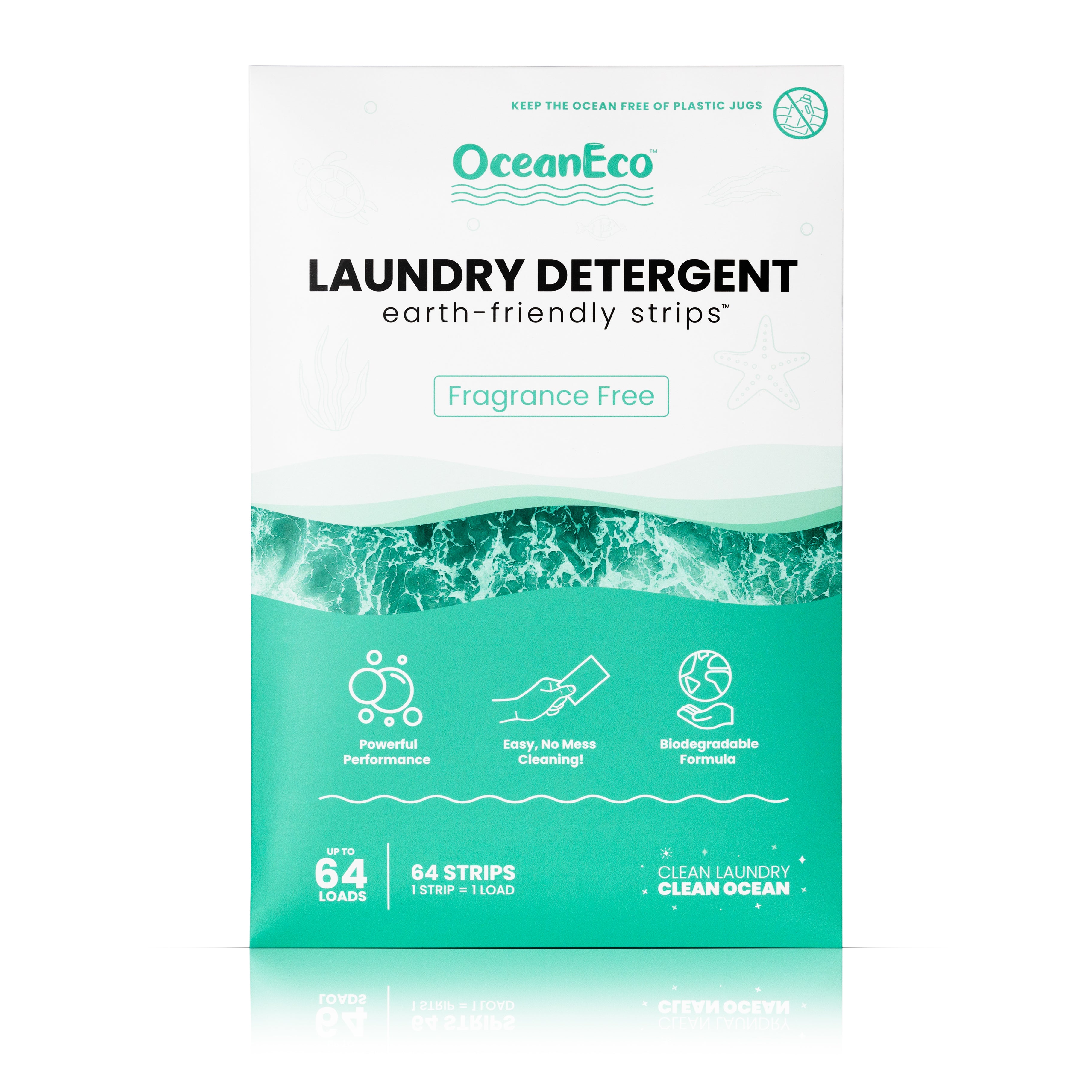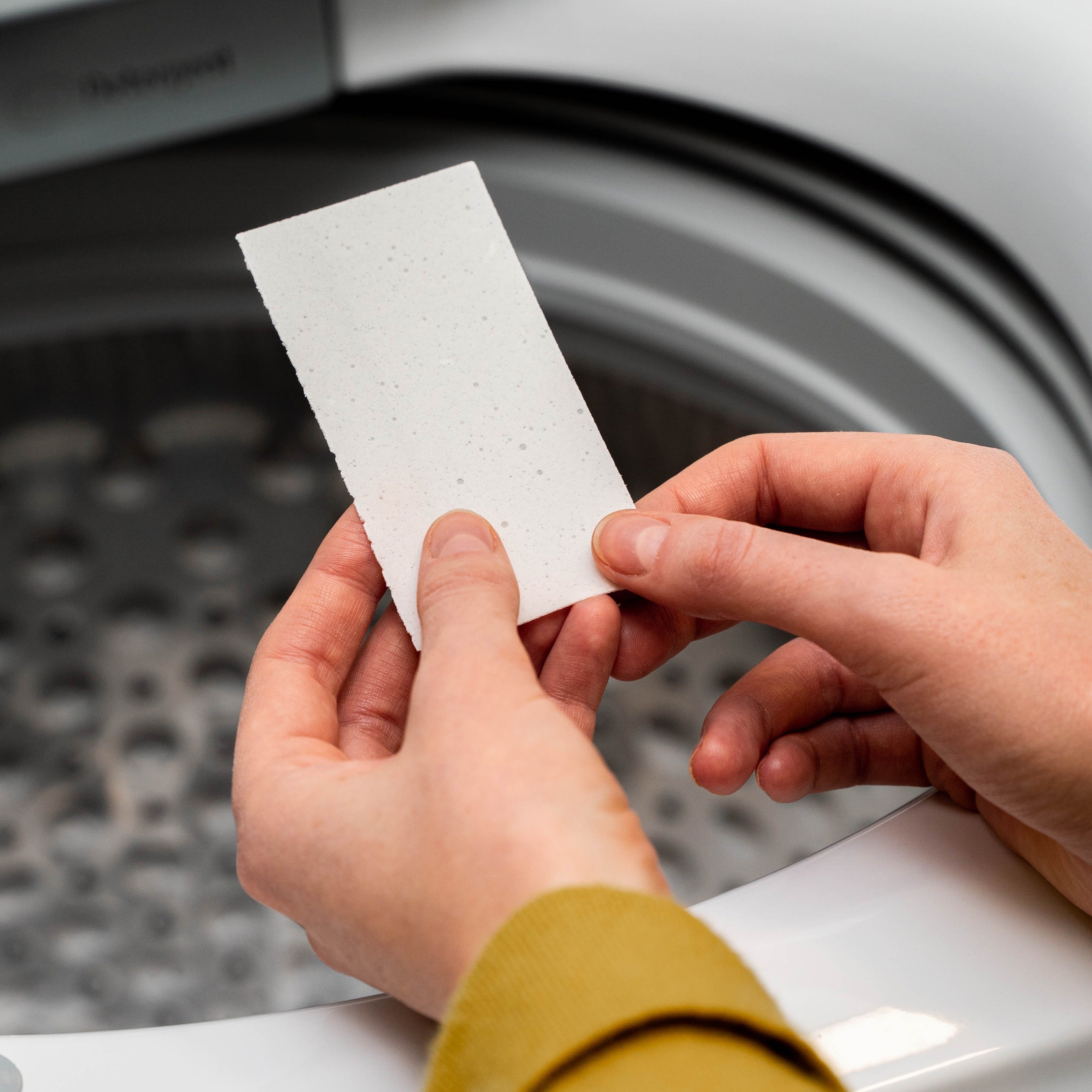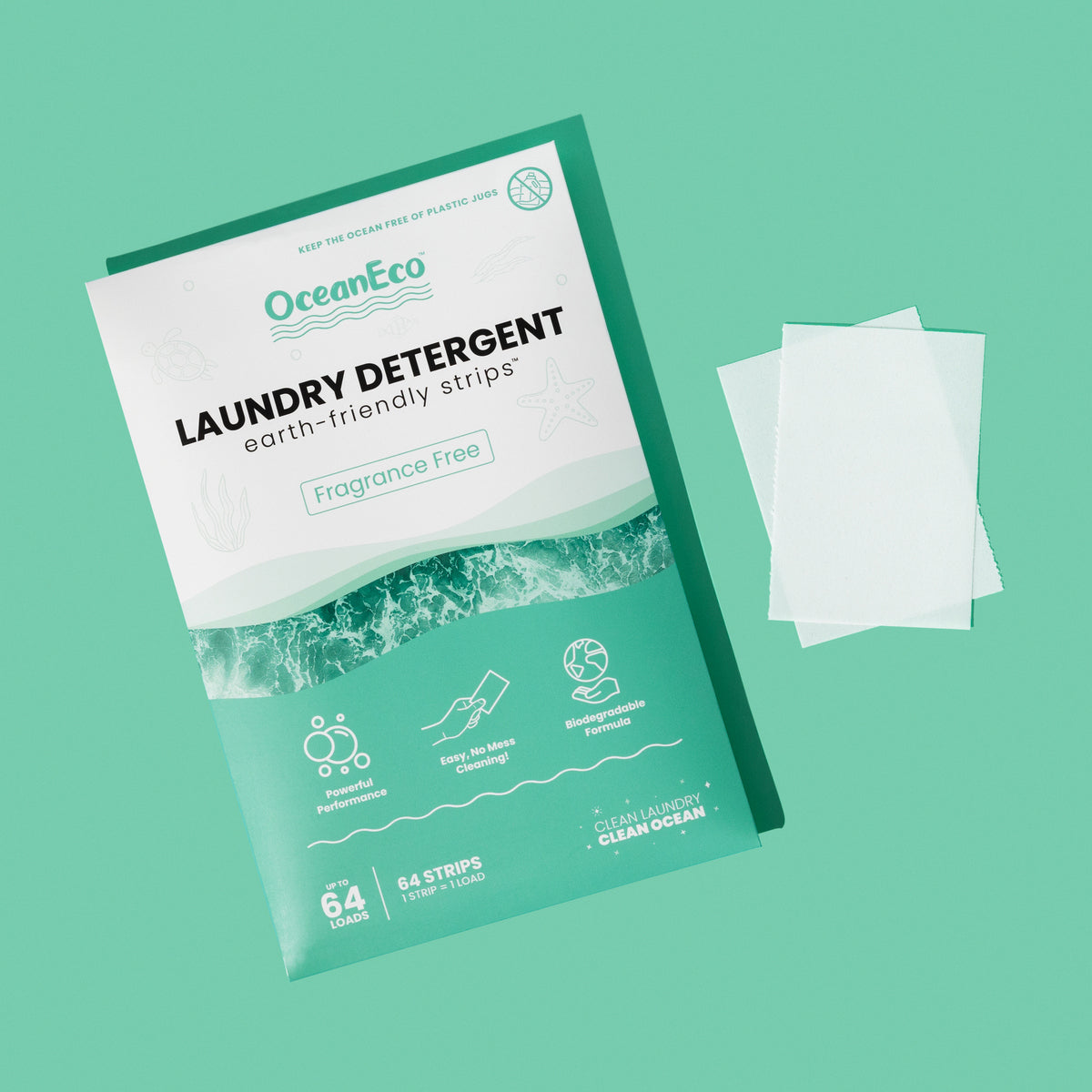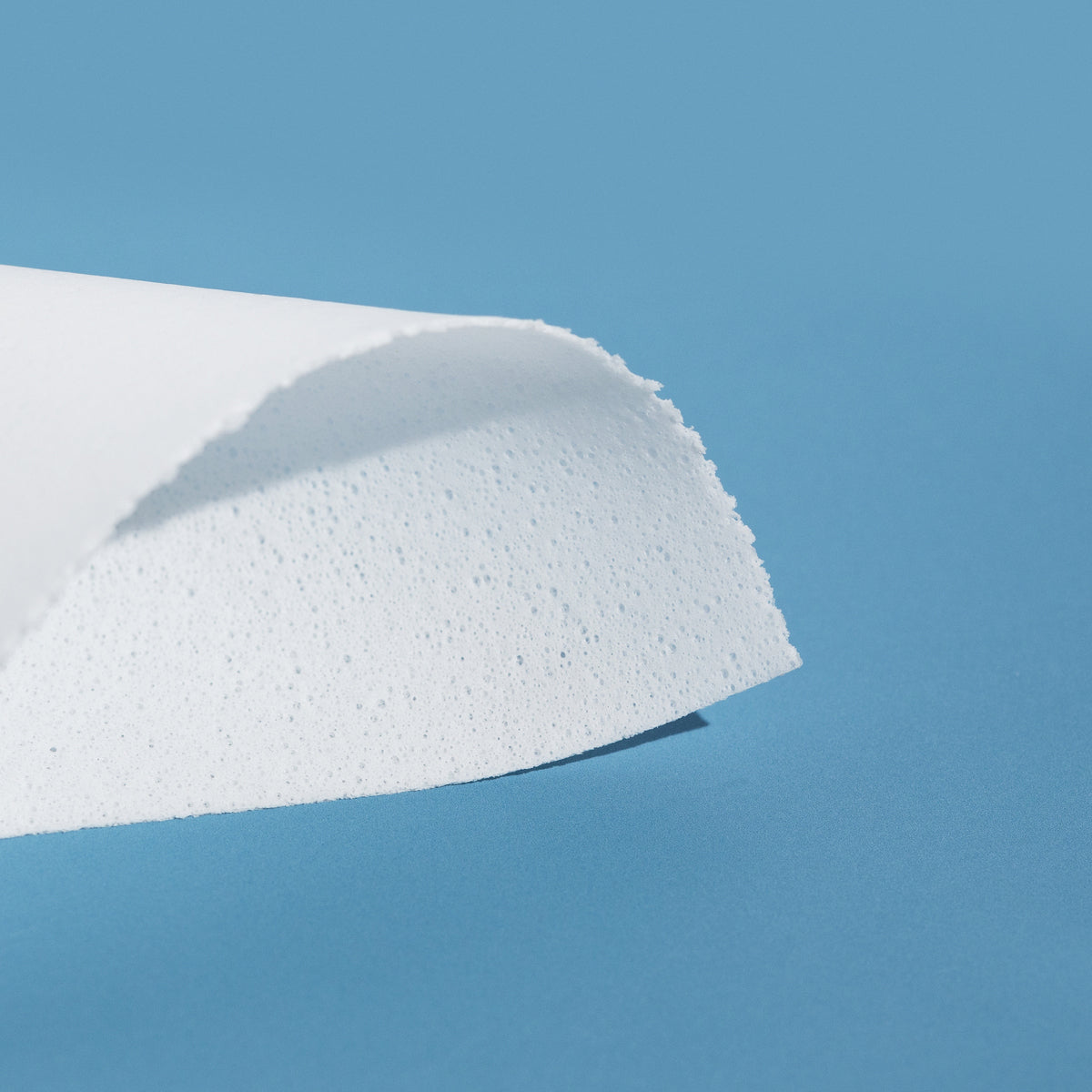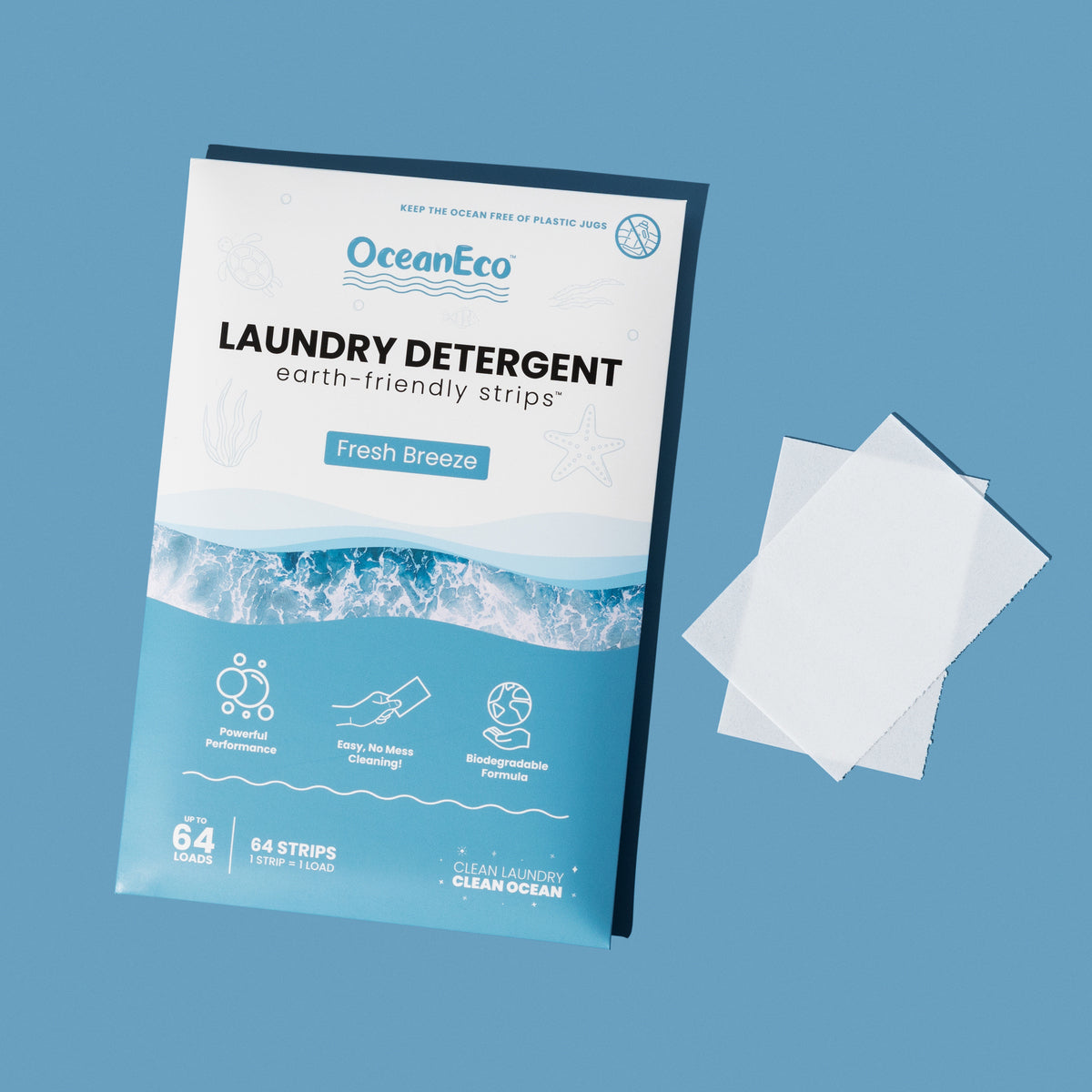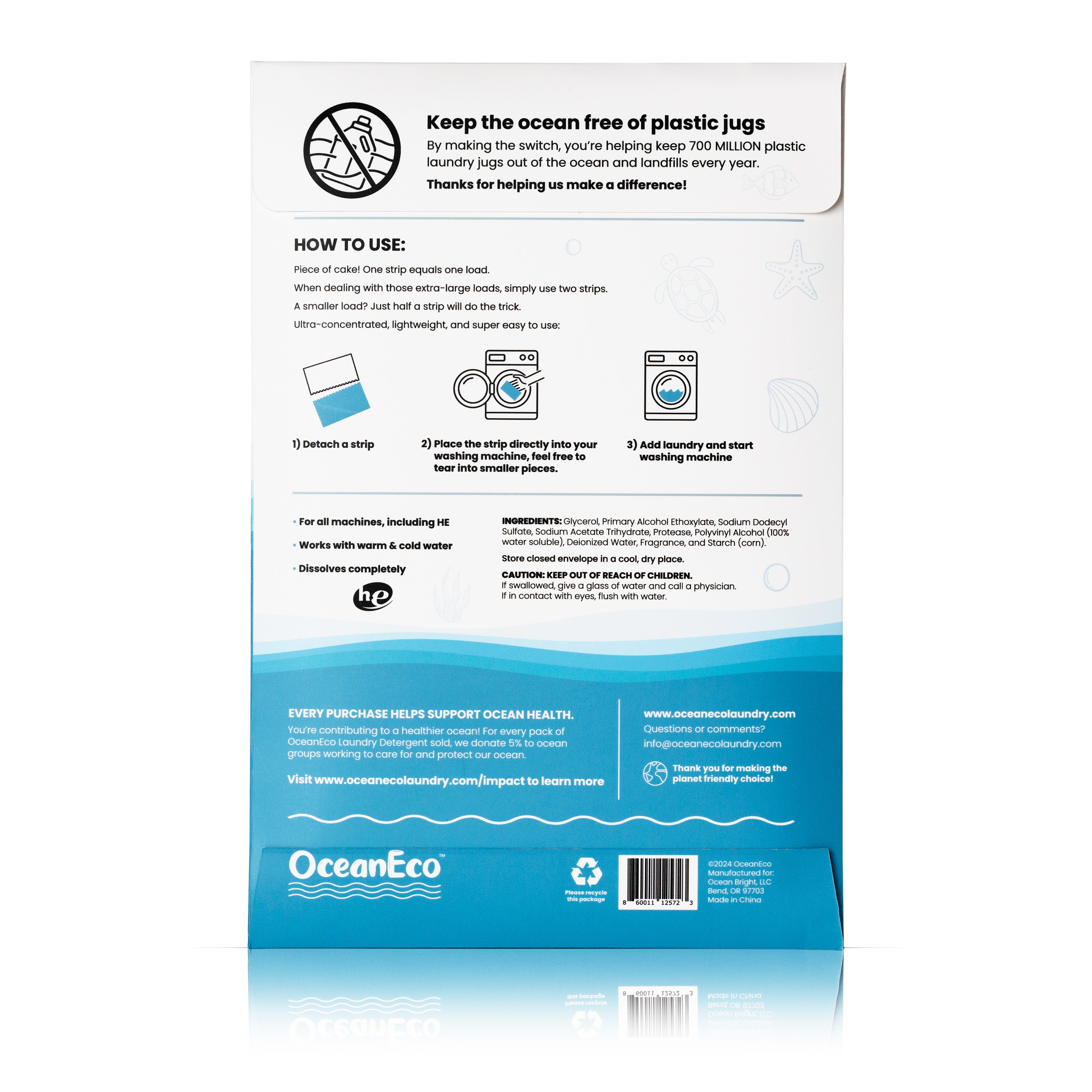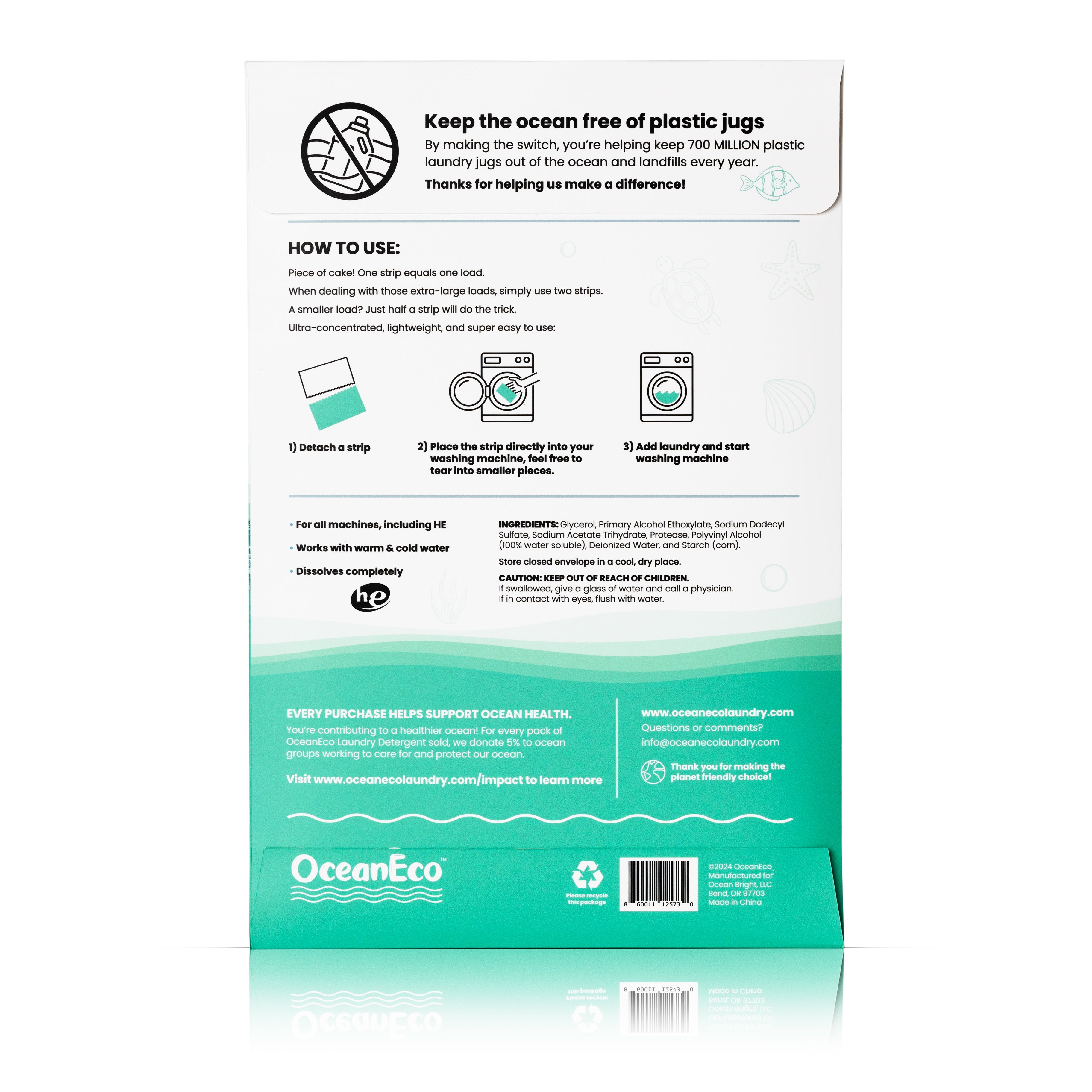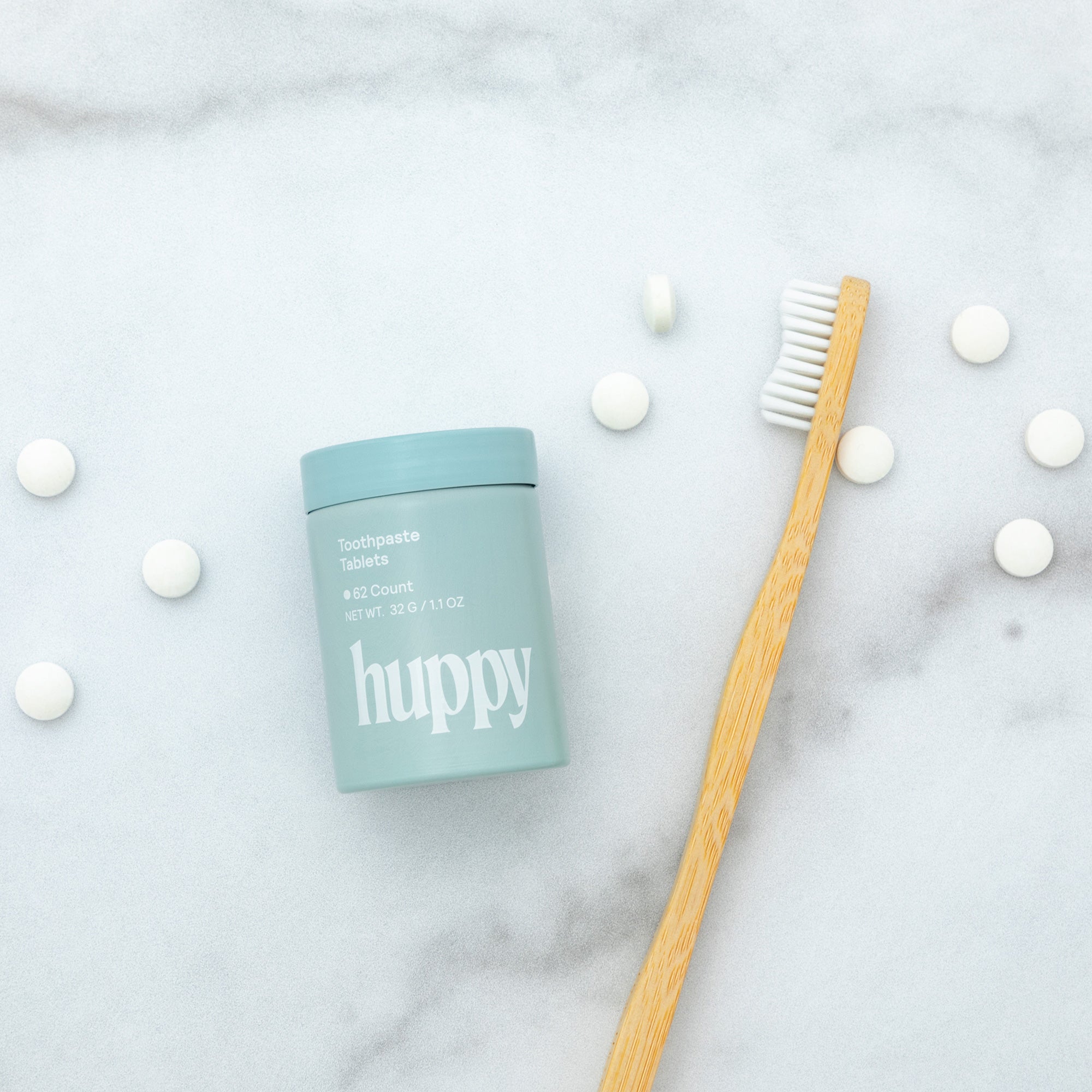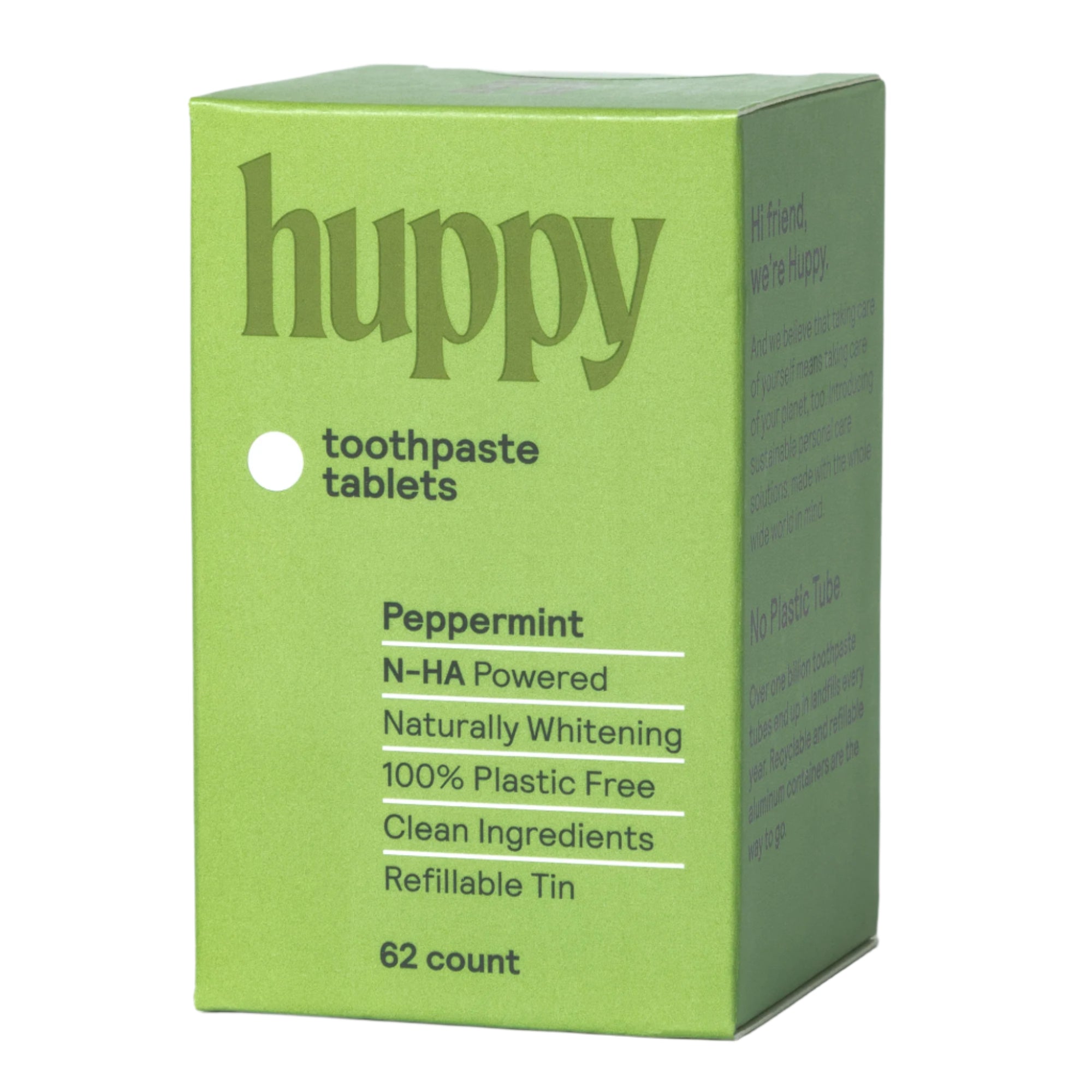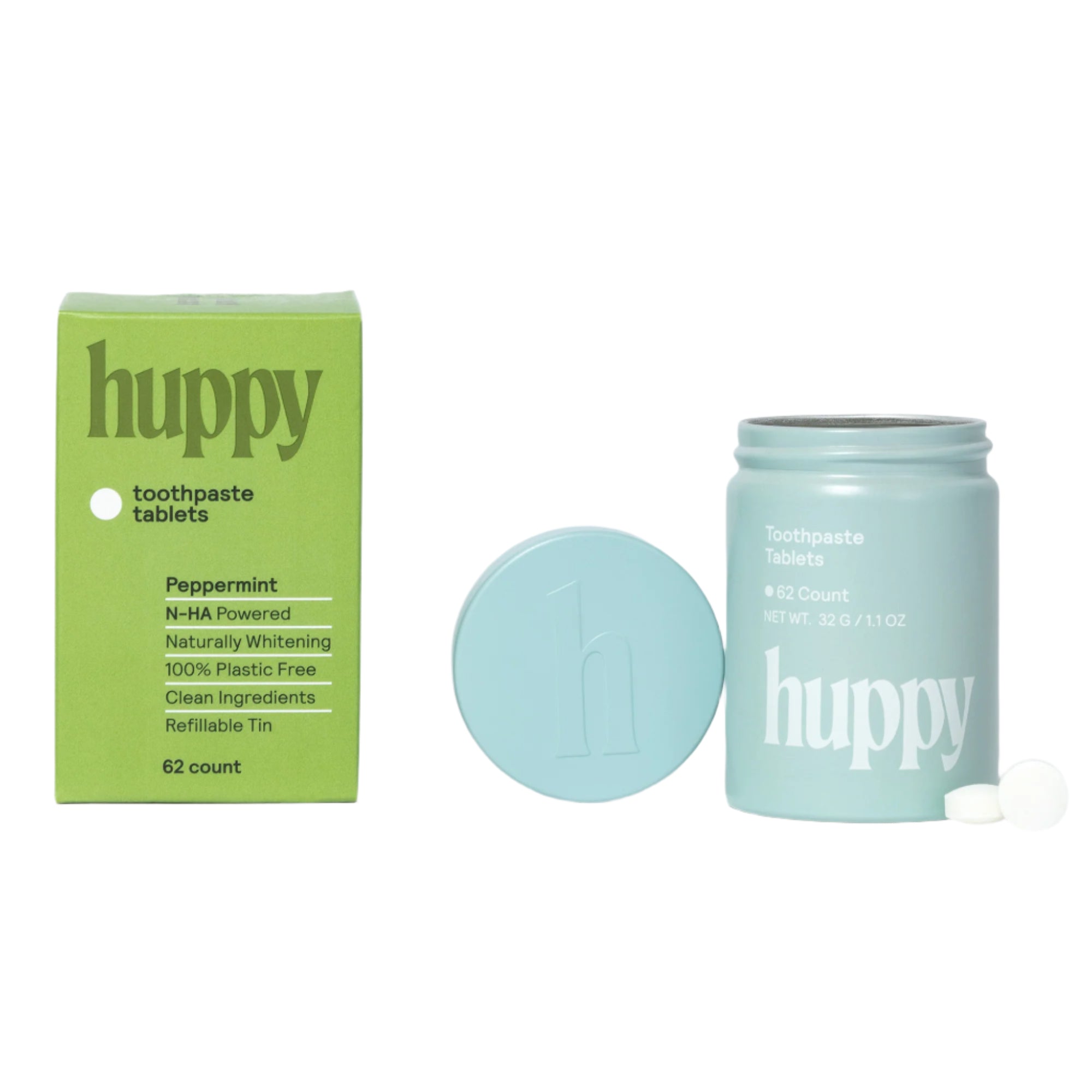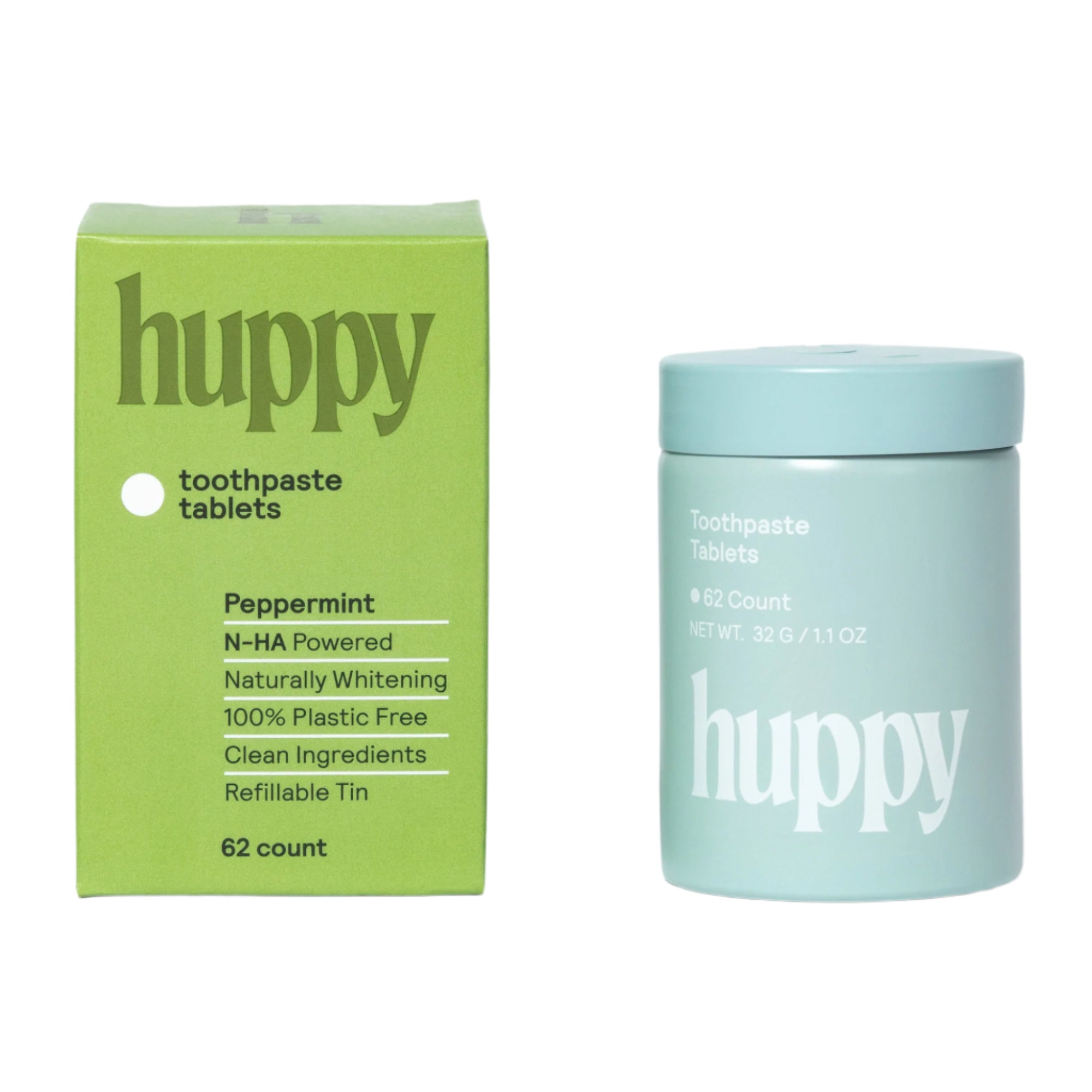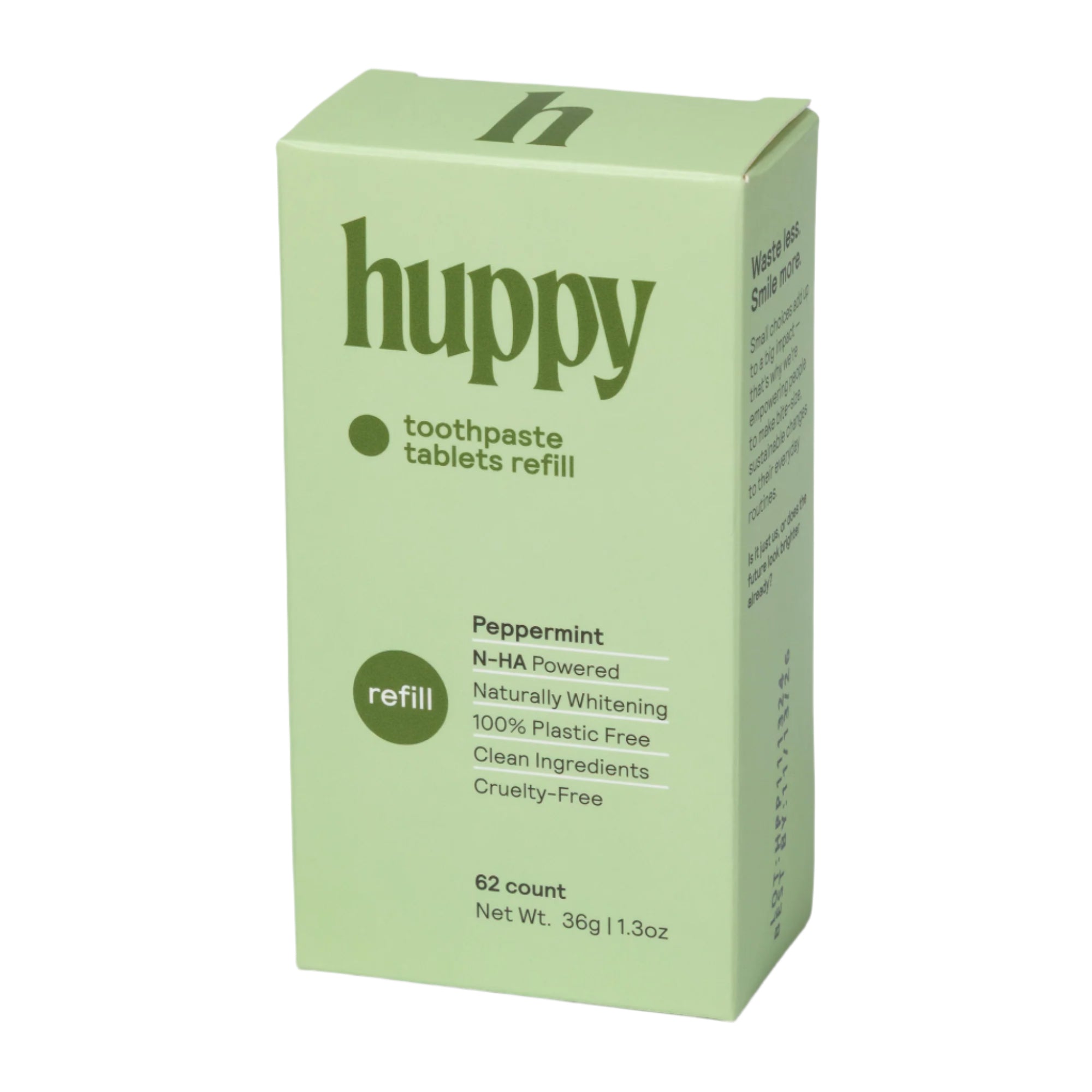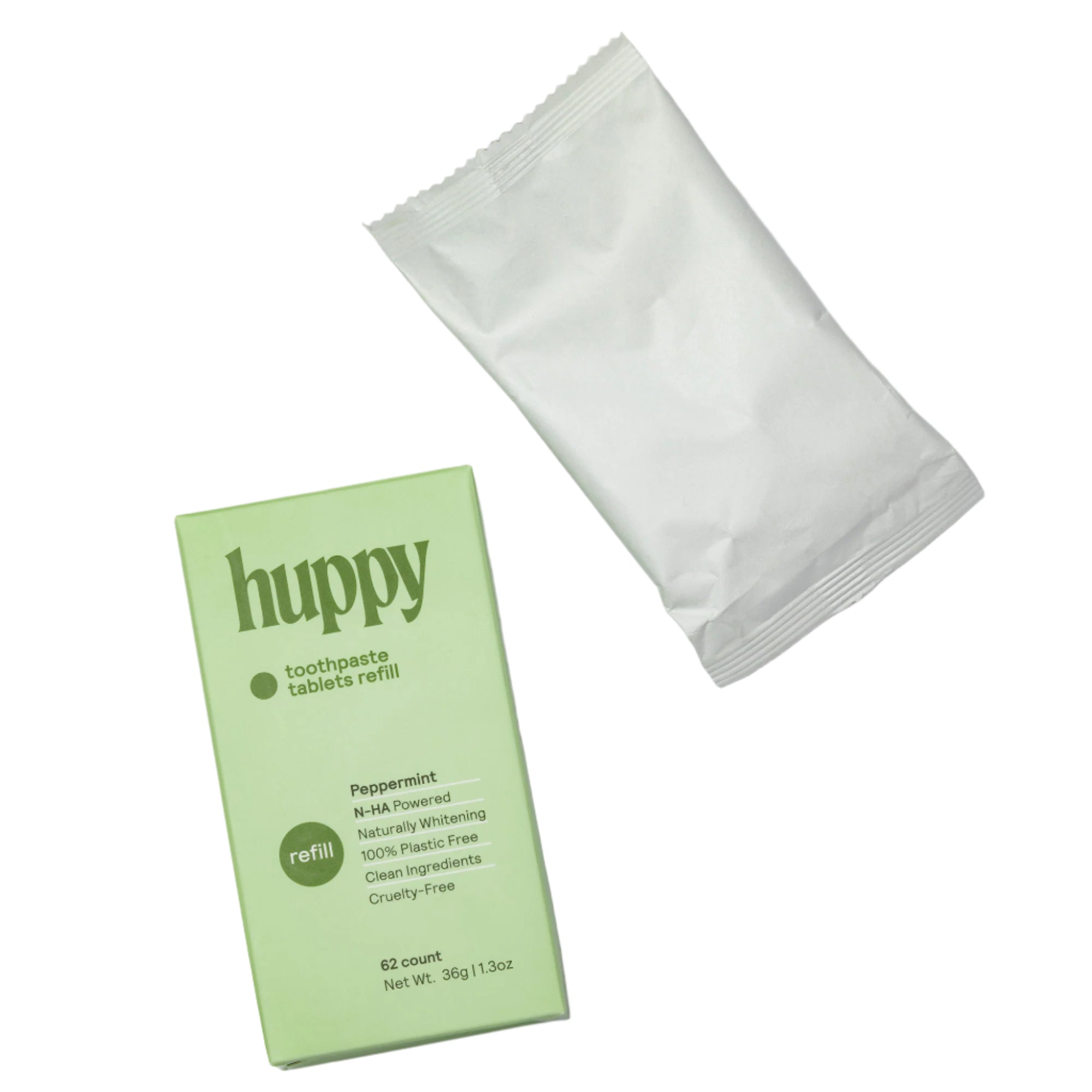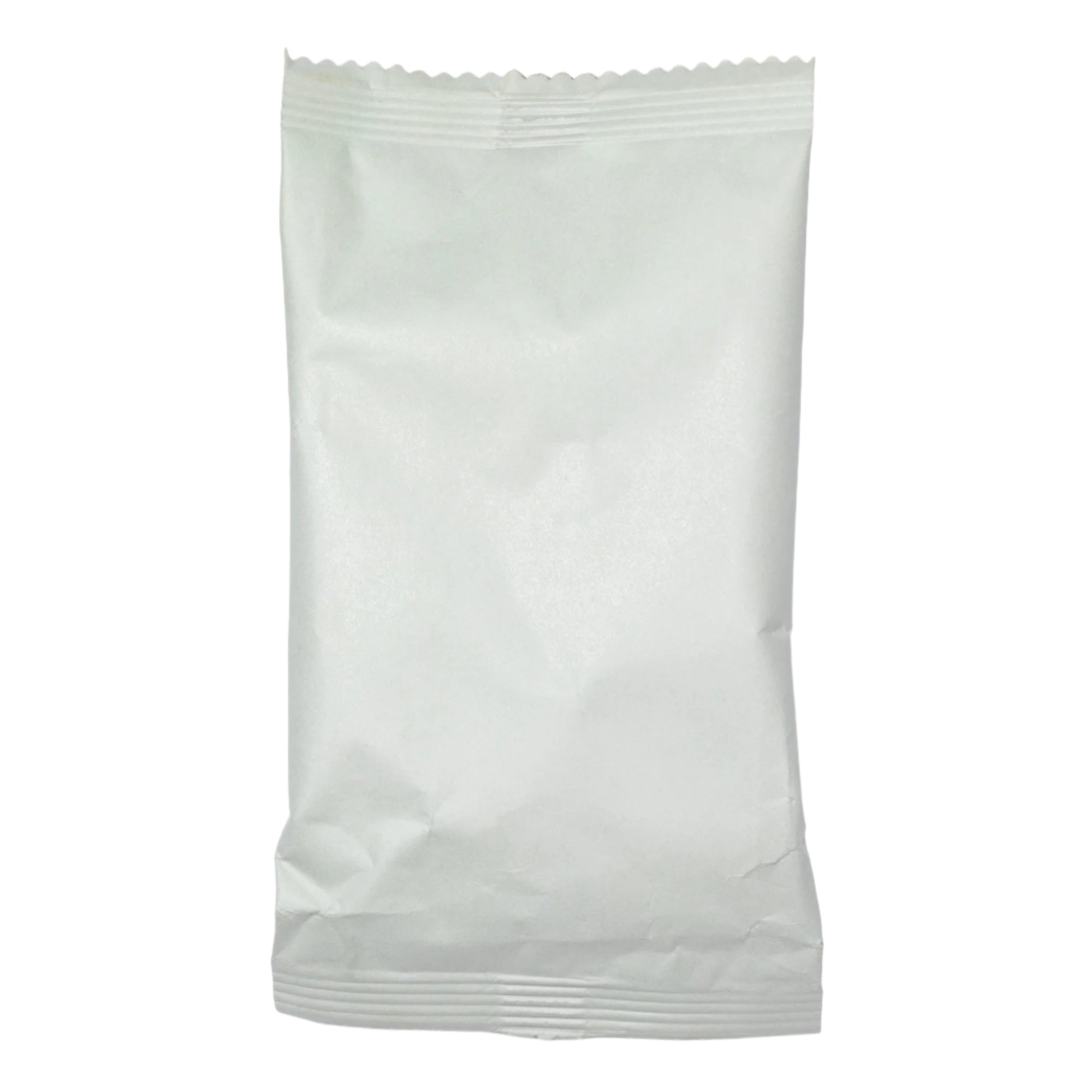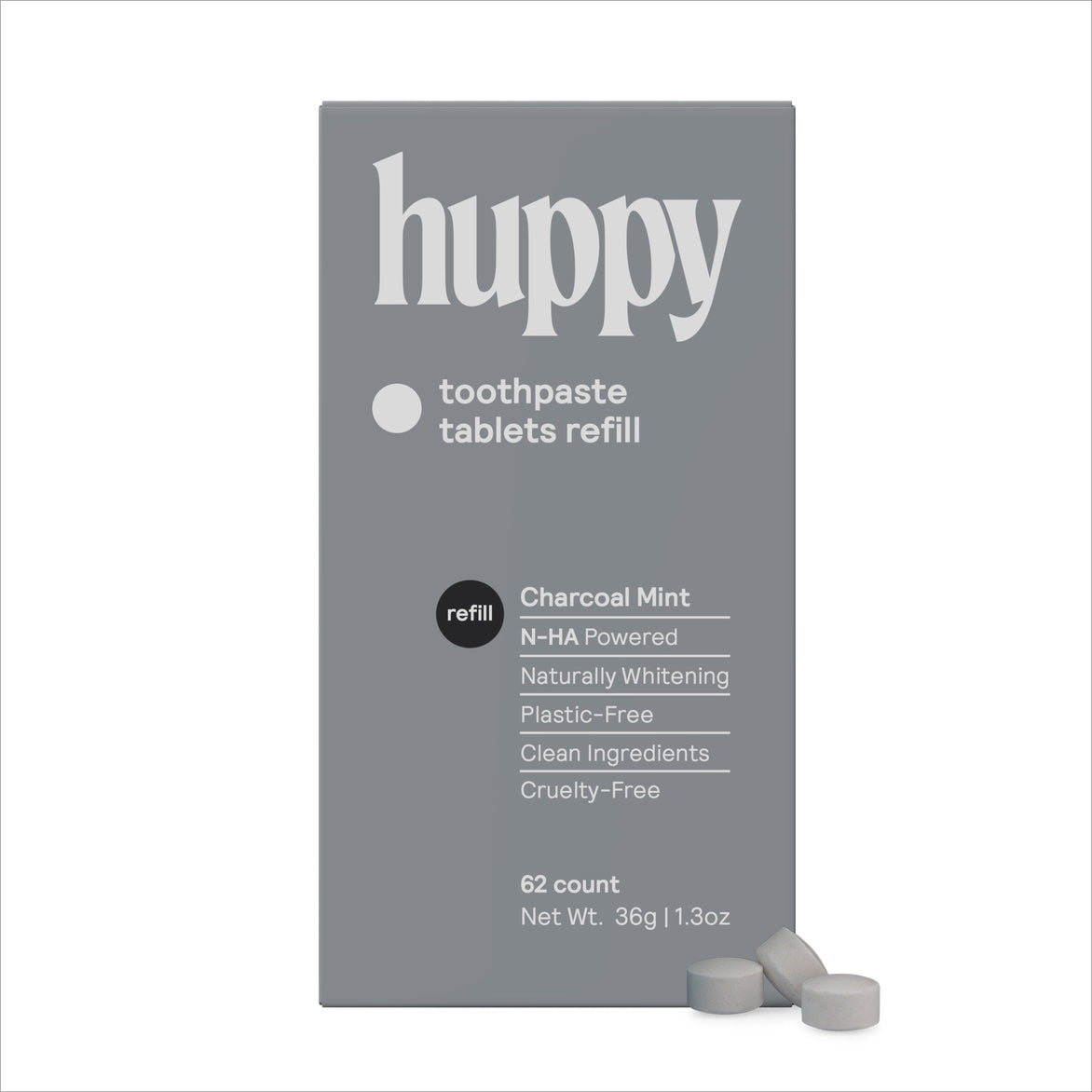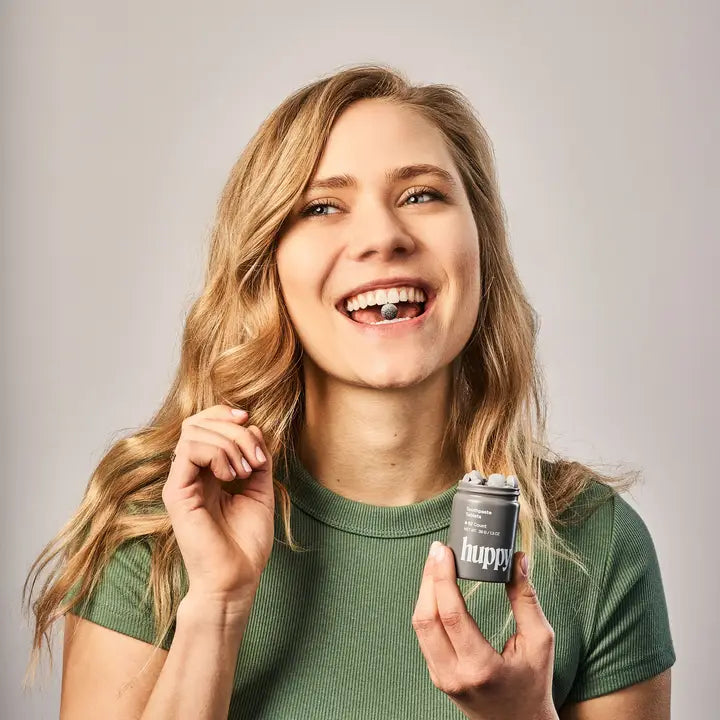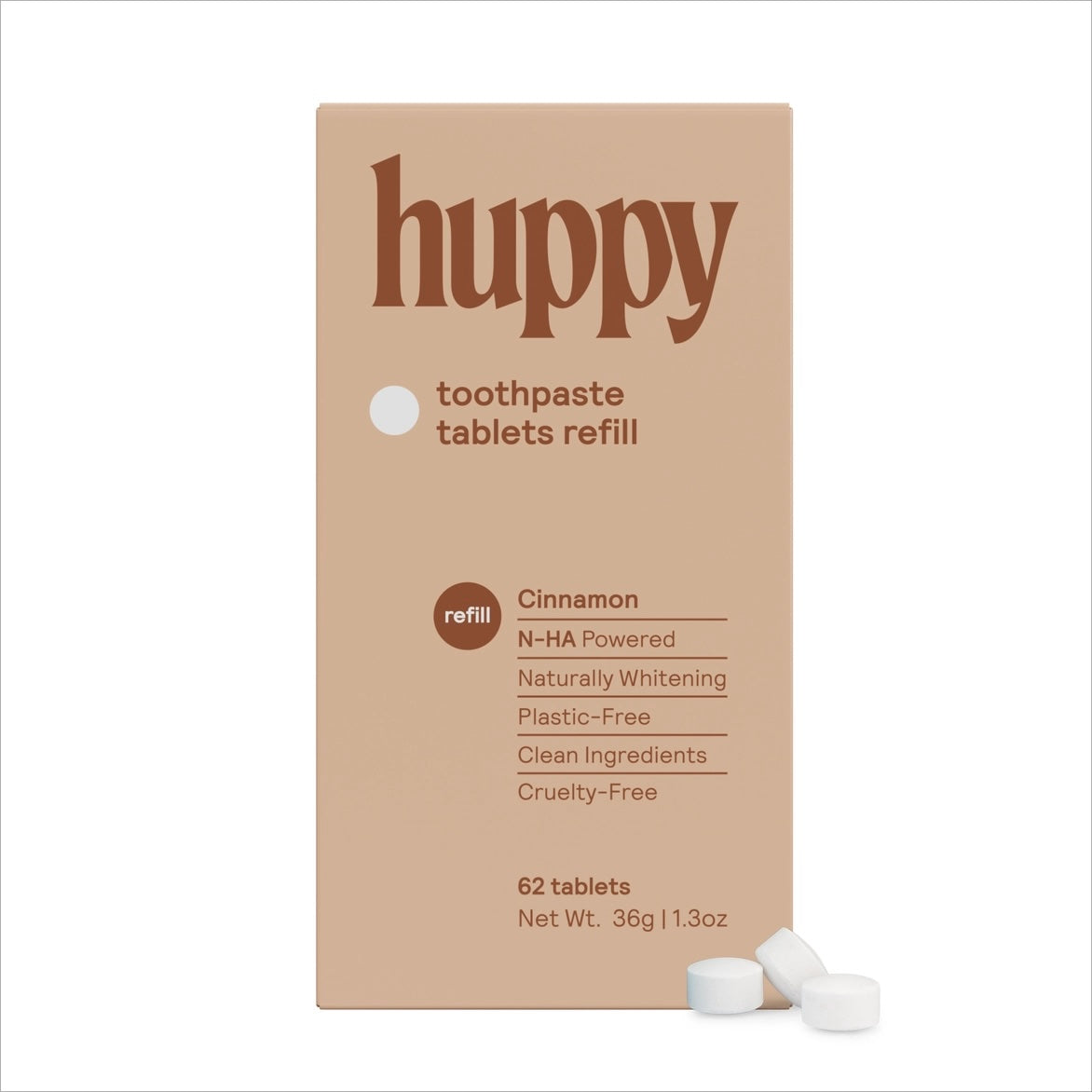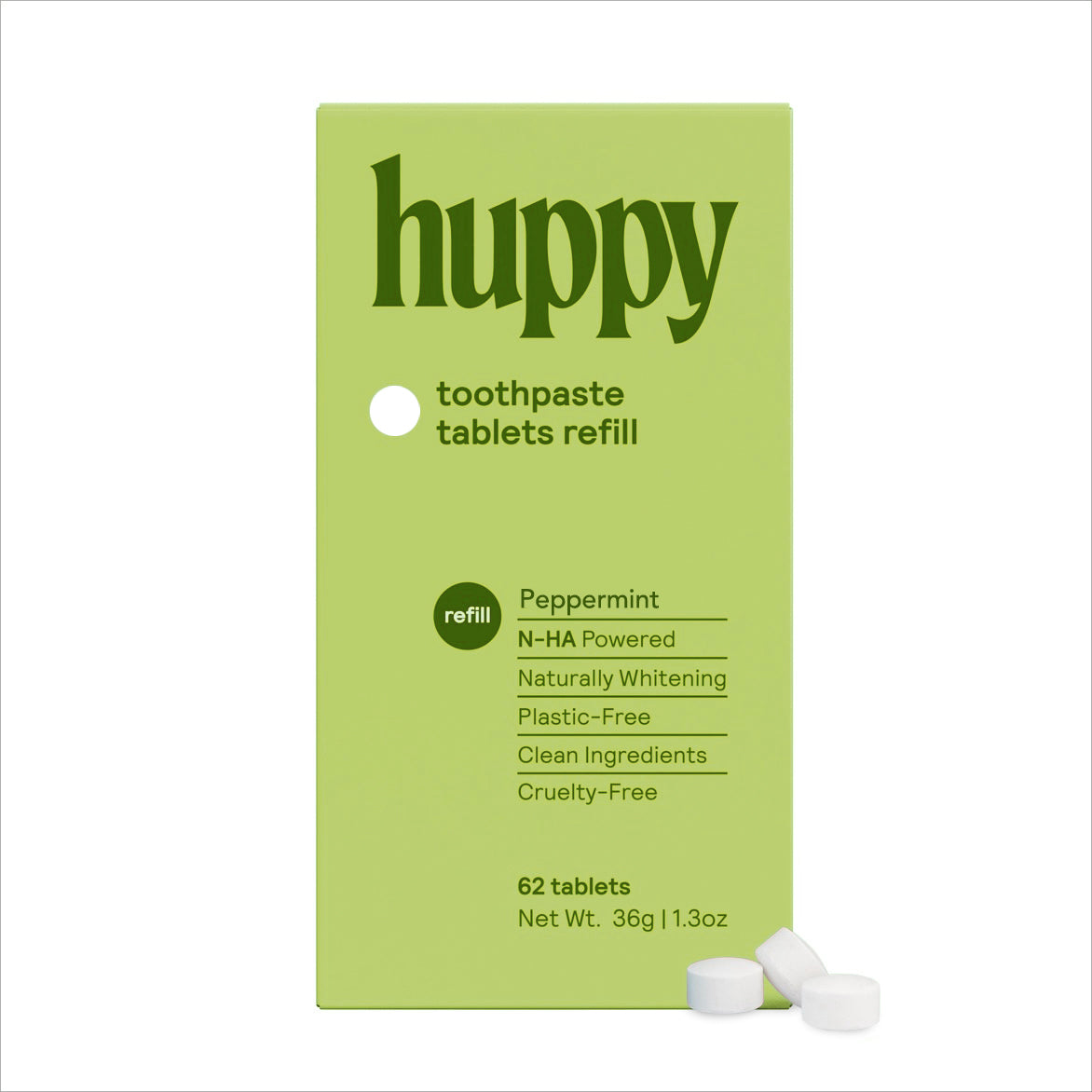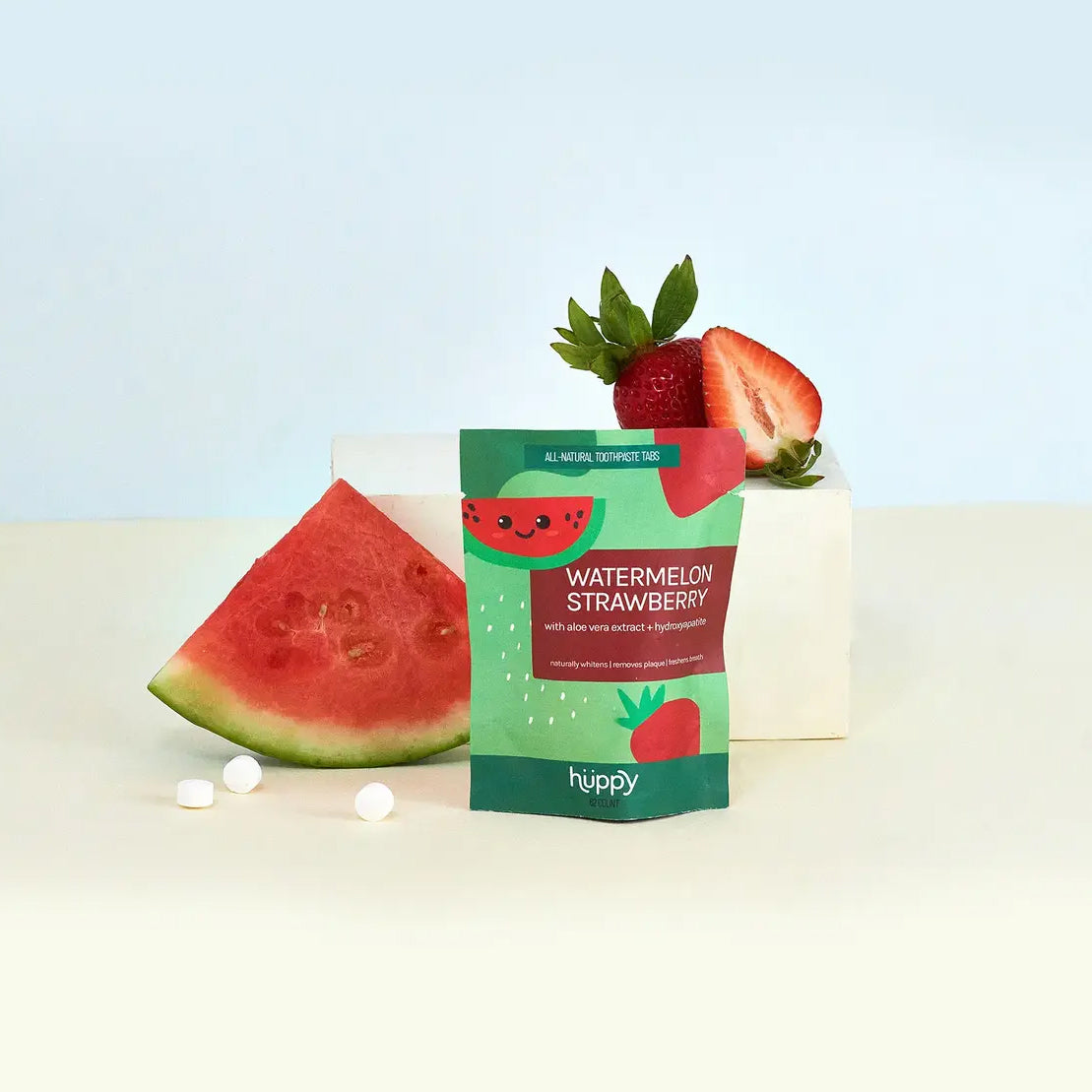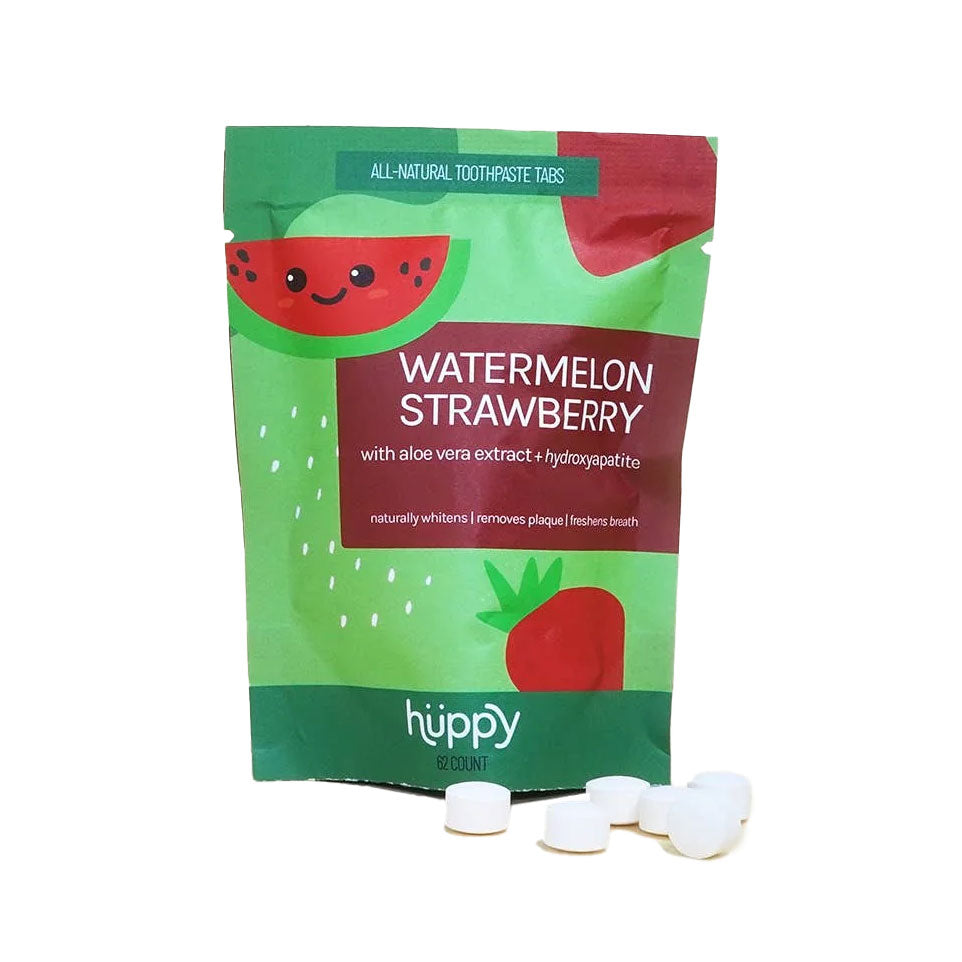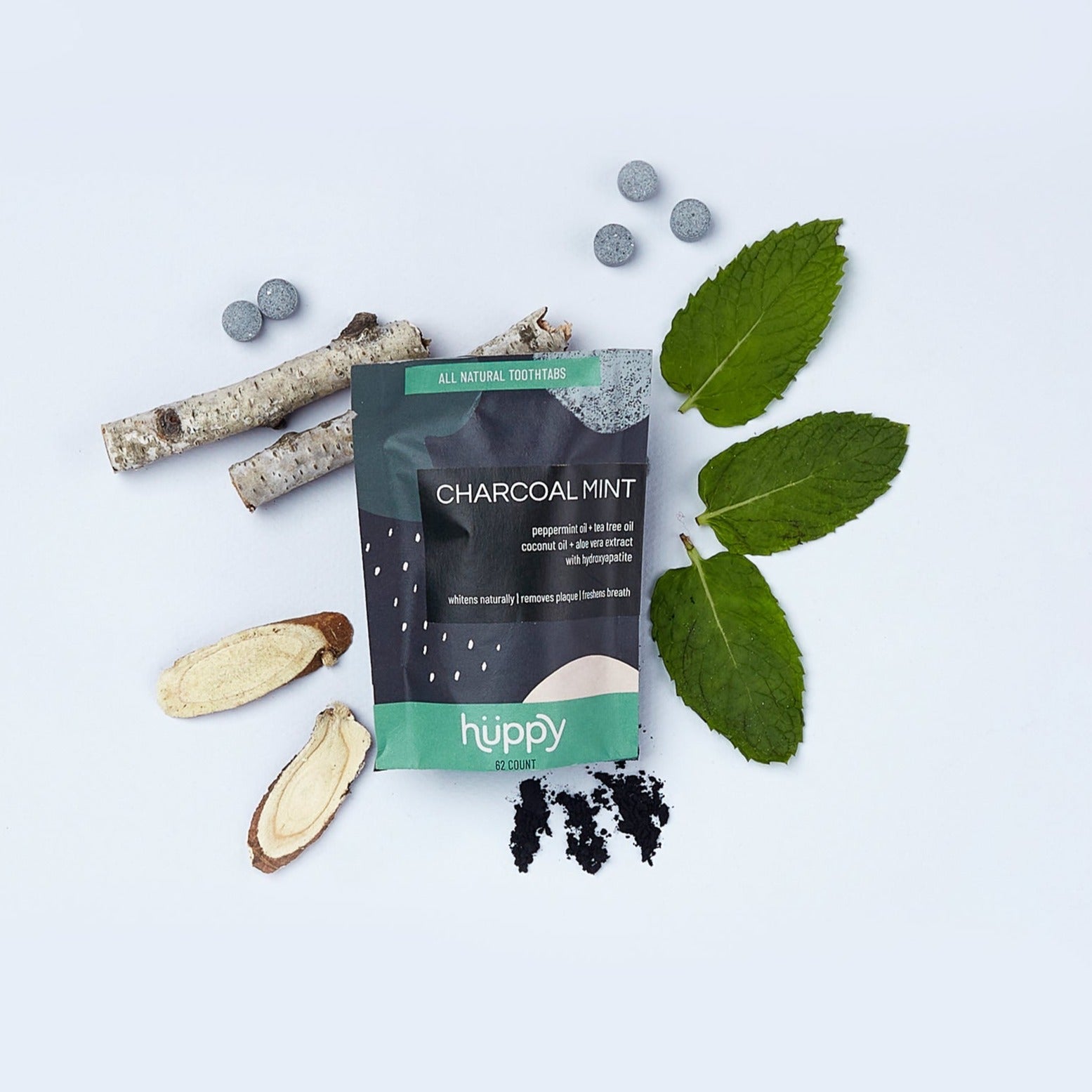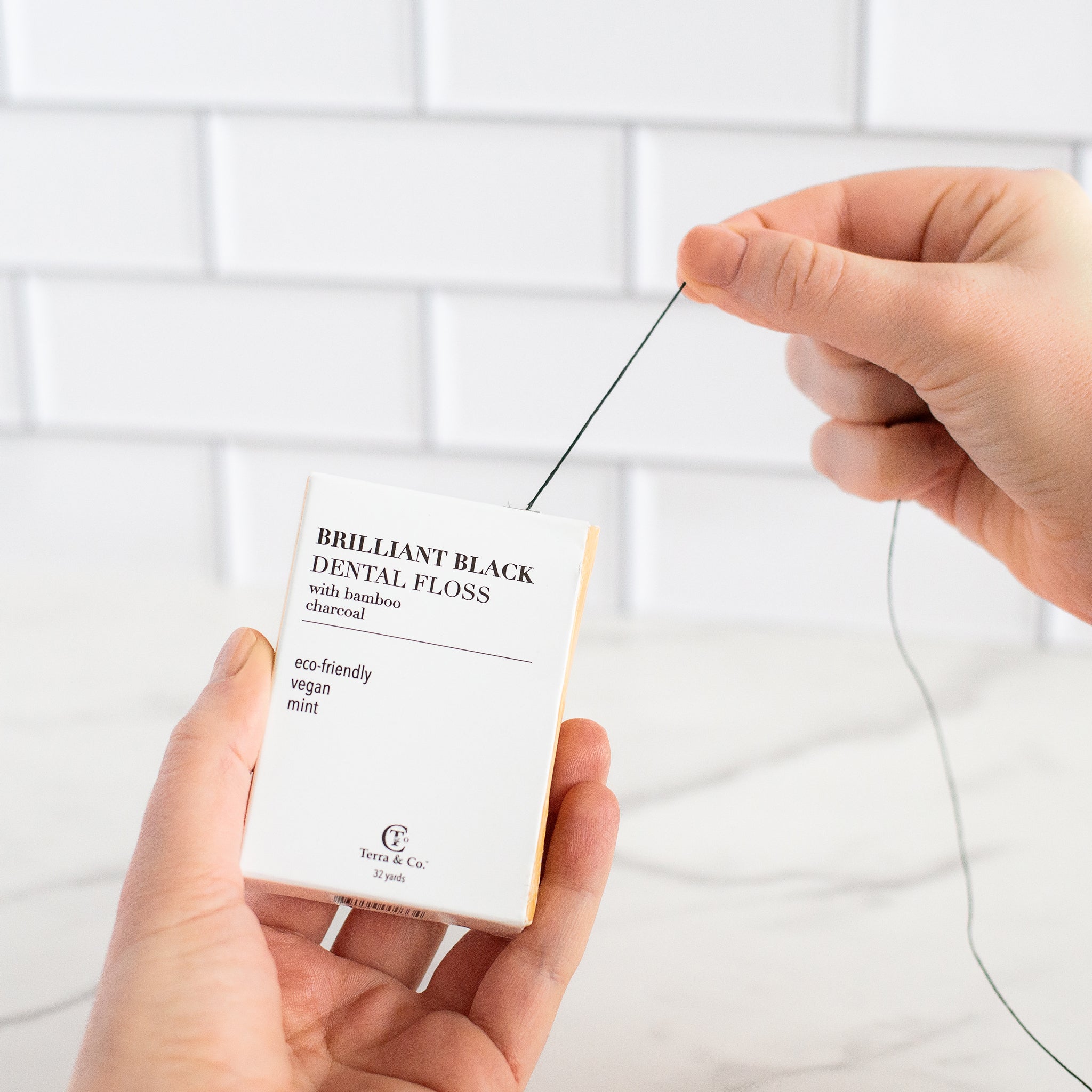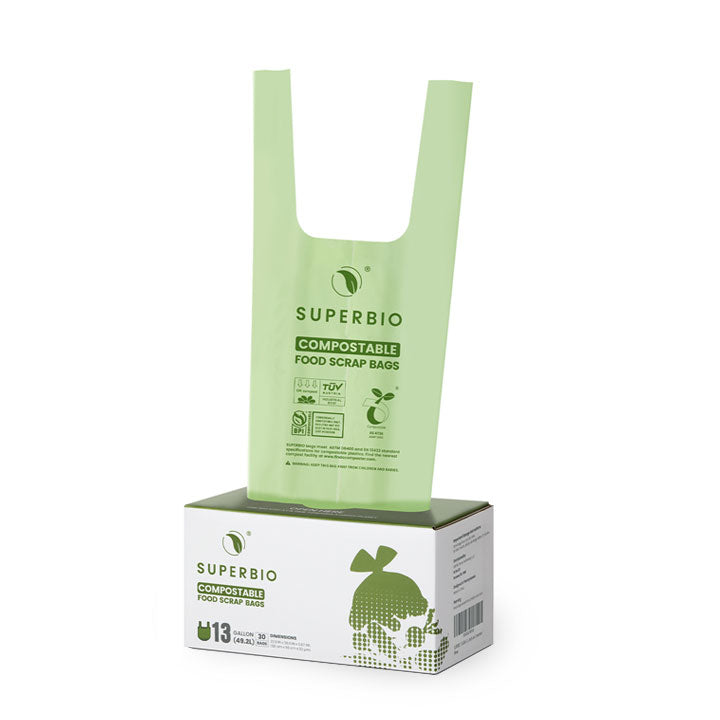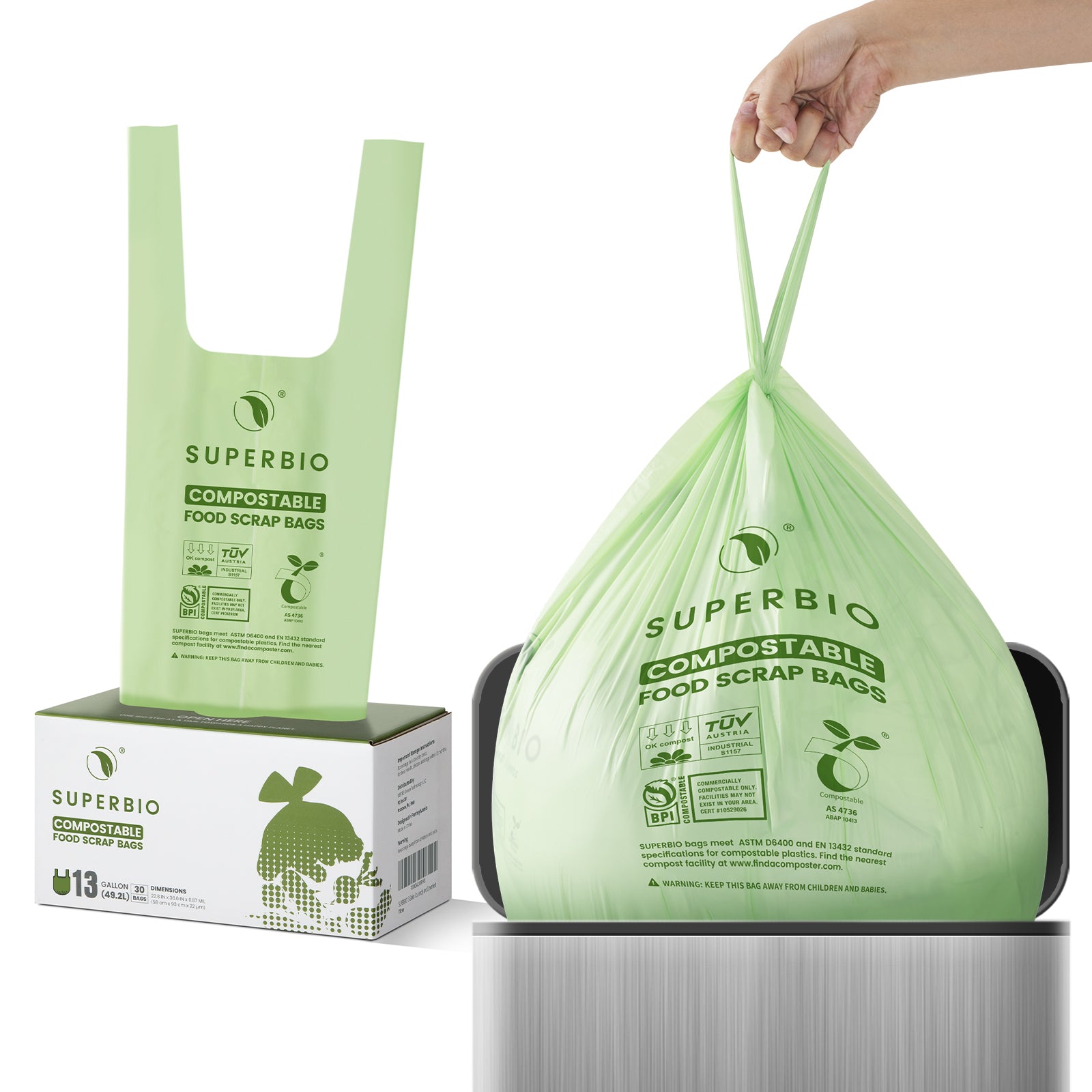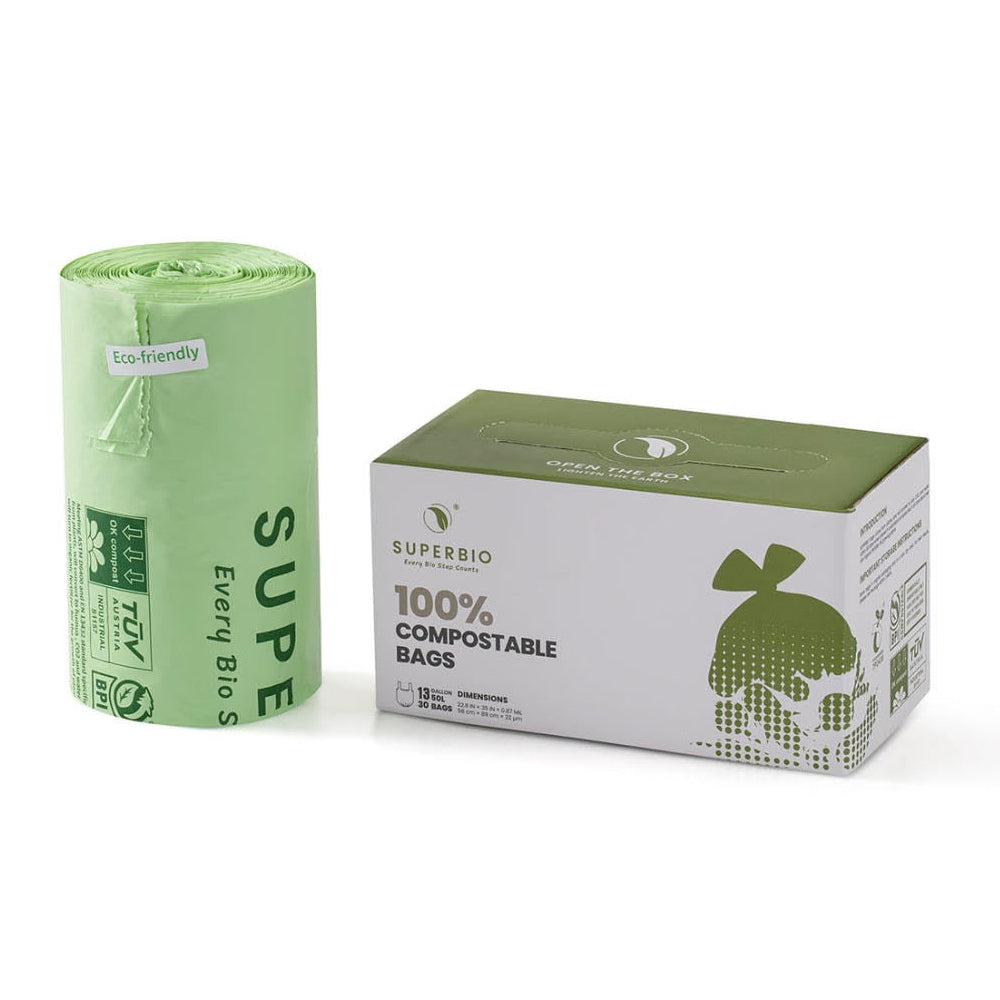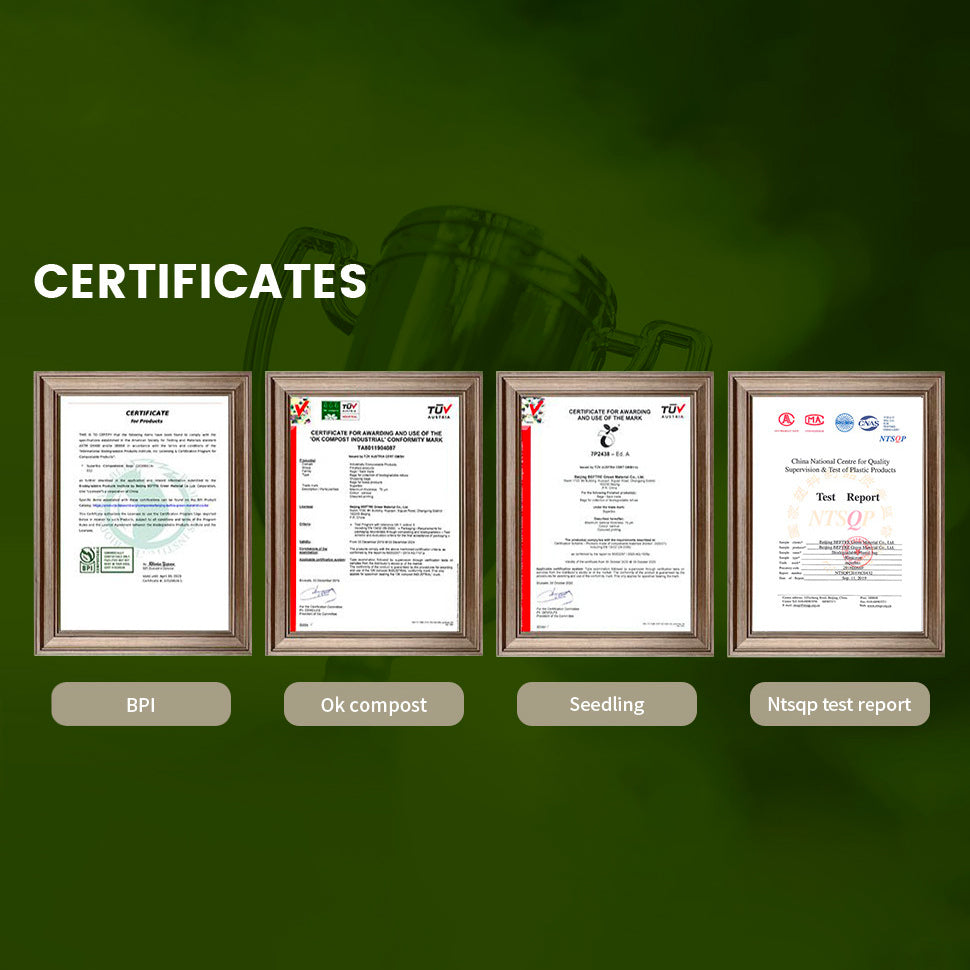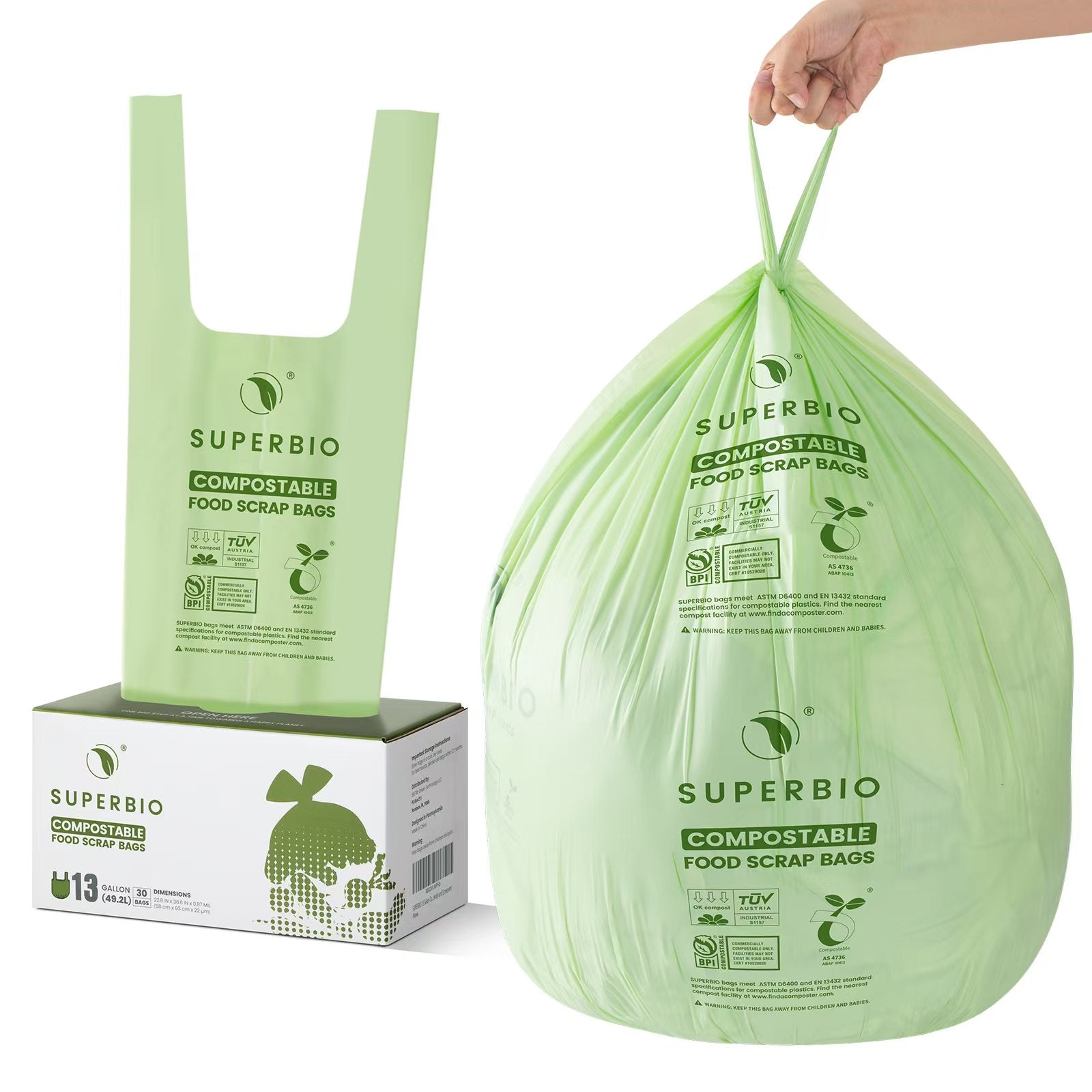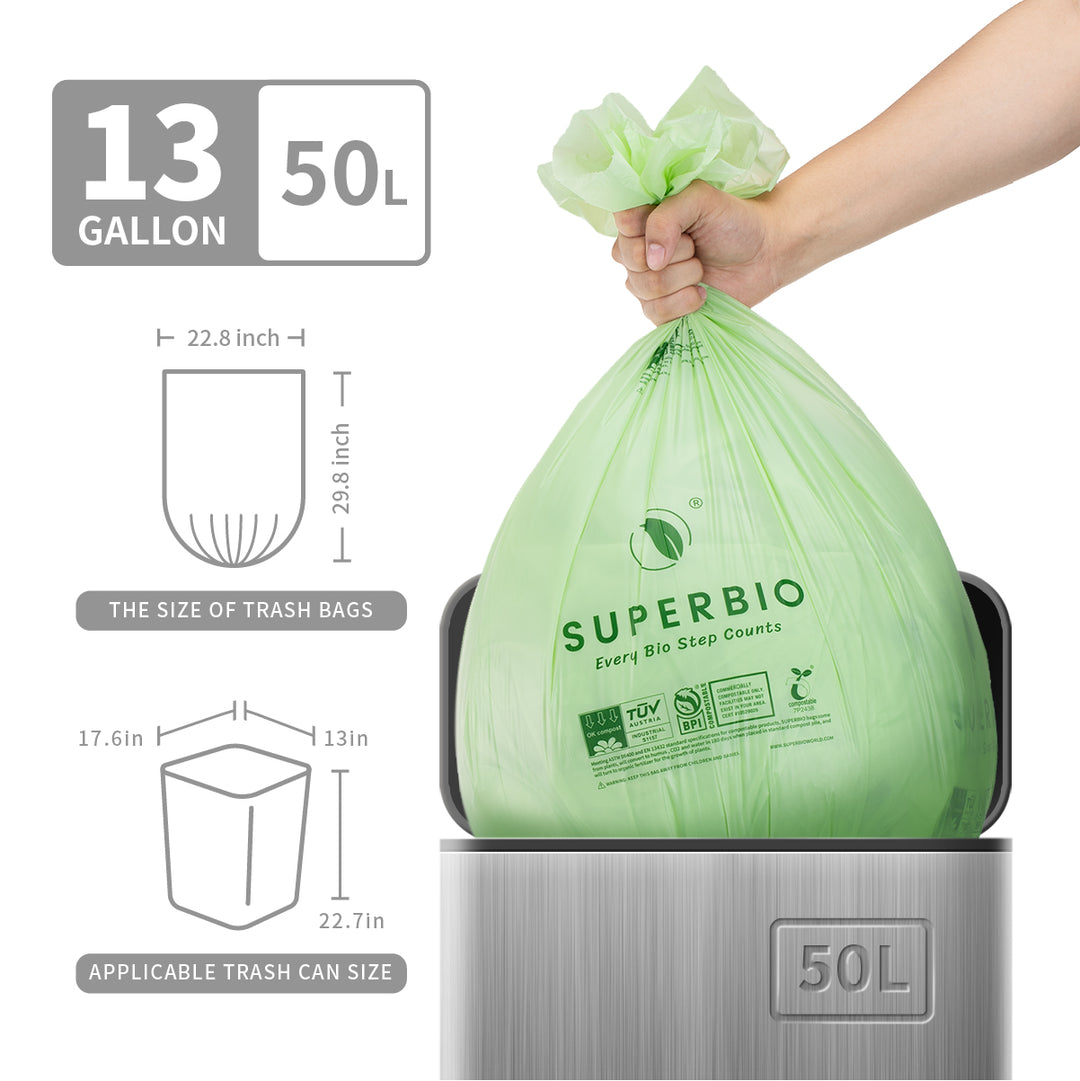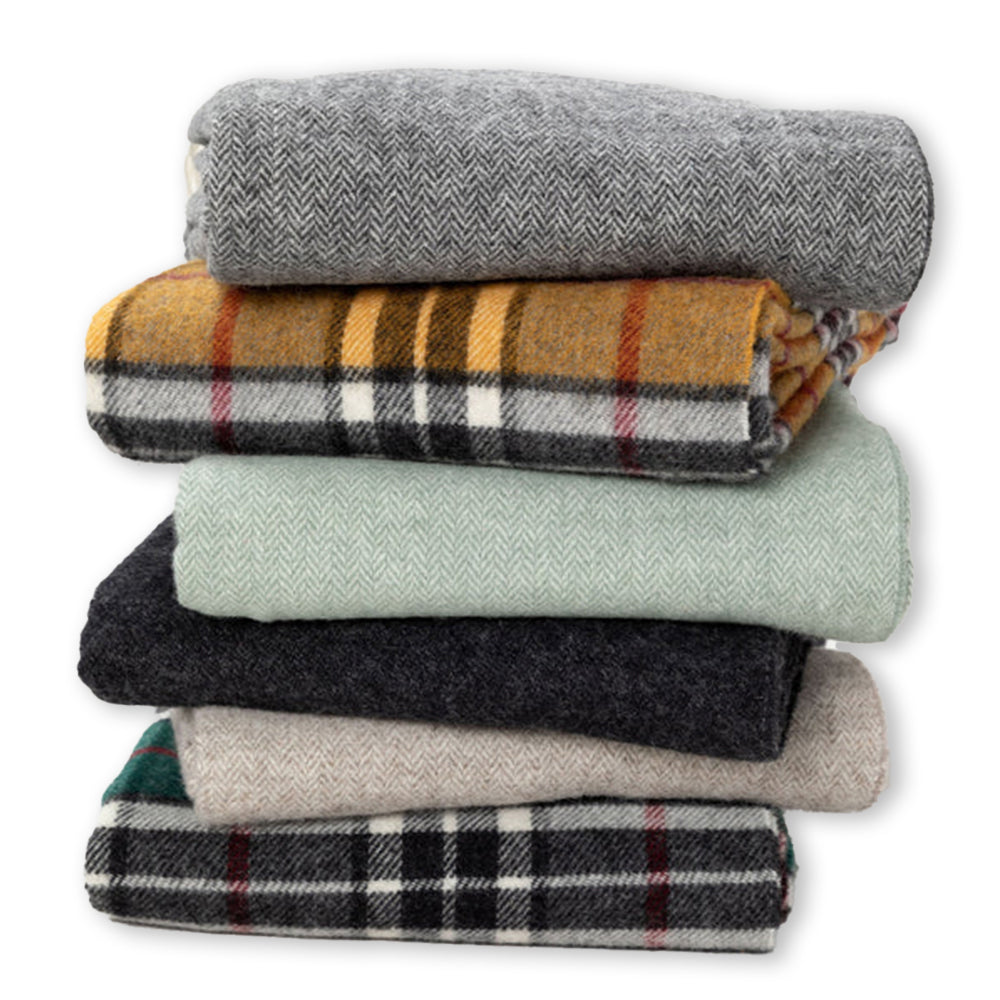Killer Whales Use Kelp Like Brushes as Tools in a Stunning Show of Intelligence
Killer whales have stunned the scientific community again, this time with kelp.
In a series of drone-captured moments from the Salish Sea, researchers watched as orcas broke off pieces of bull kelp, crafted them with their teeth, and used them to groom one another. This wasn’t idle play. The orcas were pressing the seaweed between their bodies, rolling it with deliberate care.
The behavior, dubbed “allokelping,” marks the first recorded instance of tool-assisted mutual grooming in marine mammals, according to a study in Current Biology.

Orcas have been seen crafting grooming tools from bull kelp.
A Complex Behavior Hidden in Plain Sight
The orcas weren’t just using kelp — they were making tools out of it. They grabbed the kelp’s stipe near the seafloor with their teeth, broke it off using body motion and water resistance, then flipped it over their rostrum and pressed it against a podmate’s side. The pair worked together, trapping the seaweed with their fins and flukes and rolling it between their bodies in synchronized movements. These interactions lasted up to 15 minutes, Popular Science reports.
Notably, this wasn’t just one or two outliers. Researchers recorded over 30 such sessions in just two weeks. They saw orcas of all sexes and age groups participating, especially those with more visible skin issues. Scientists believe the grooming serves two purposes — social bonding and exfoliation — possibly helping remove parasites or dead skin.

This is the first known case of marine mammals using tools on each other.
The Intelligence Behind the Action
Orcas have long been known for their intelligence. They hunt cooperatively, mimic speech, and pass down traditions — including the peculiar trend of wearing dead salmon on their heads. Now, they’ve added tool use to their cultural repertoire.
As behavioral ecologist Philippa Brakes told CNN, this kind of behavior is mostly limited to primates. The orcas aren’t just rubbing on something — they’re selecting, modifying, and applying tools in a collaborative setting.
As The Conversation explains, the allokelping observed is distinct from previously known kelp-play behaviors, like “kelping,” where whales drape seaweed over themselves. In allokelping, the kelp is crafted into a tool and used with intention and coordination. One whale initiates the action, while another cooperates to complete the grooming.

The behavior is called allokelping and involves mutual grooming.
A Cultural Glimpse Through a New Lens
Much of this breakthrough comes down to drones. Aerial perspectives have allowed researchers to see underwater behaviors never visible from boats or shore.
Michael Weiss, research director at the Center for Whale Research, told PetaPixel that this behavior hasn’t been observed in 50 years of study.
The orcas involved belong to the southern resident population — 73 individuals known for their strong social structures and complex dialects. These whales are genetically and culturally distinct, and critically endangered. The Guardian highlights how fragile this behavior might be, as both the whales and the kelp they rely on face existential threats from climate change, shipping noise, and dwindling salmon stocks.
More Than Grooming
Tool use often reflects cognitive complexity, but this case reveals something deeper. It's not just about hygiene. The social element matters. The whales tend to groom relatives or peers close in age. As The Independent reports, this type of mutual care echoes primate grooming rituals — acts that reinforce group cohesion and reduce stress.
Darren Croft, from the University of Exeter, explained that the physical contact, enhanced by the kelp, may deepen the orcas’ emotional bonds. Just like human touch releases oxytocin, a similar neurochemical mechanism could be at play here — one we’re only beginning to understand.
Will It Spread or Vanish?
Whether this behavior is unique to the Salish Sea population or shared more broadly remains to be seen. As Popular Science reports, orca groups across the globe differ dramatically in hunting tactics, calls, and social norms. Some researchers now wonder if other tool-use traditions are quietly happening elsewhere, unnoticed by human eyes.
But with southern resident orcas in decline and bull kelp dying off in warming waters, the question looms: How long will we have to observe these discoveries?
As Weiss told The Guardian, if the population disappears, so does this behavior — and the knowledge encoded within it.































































































































































































